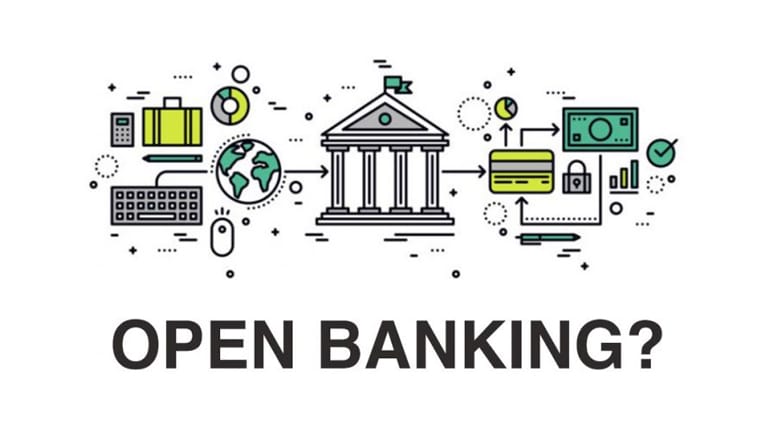Open banking focuses on systems that provide users with networks of data through APIs.
This article goes over open banking and how financial data is being reconsidered.
Open banking is a system that is used to provide a user with a network of data for the institutions via Application Programming Interfaces (APIs). There are regulations on how financial data should be created, shared and accessed known as the open banking standards. Open banking relies on network s rather than centralization hence it makes it easier for customers to share their financial data in a more secure way. These regulations require the banks to publish accurate and unbiased information both online and in their branches. Some of the advantages of open banking include easy transfer of funds and it also helps customers to compare products and services been offered by financial institutions and establish the one that best suits them in the most cost effective way.
Open banking has helped to improve customers’ banking experience. It has led to more competition where even smaller and new financial institutions are able to compete with the more established institutions like large banks. The increased competition has led to provision of better customer services, improvement of technology been use and lowering the banking fees and other costs. Customers are notified on unforeseen overdrafts and they are given a grace period to correct the issue which helps them avoid the charges that one would be charged. Open banking has been largely embraced and it is set to revolutionize the banking industries. In order to remain in business banks are now focusing on new strategies to generate revenue.
Open banking is creating new revenue sources for banks. Banks will be required develop sophisticated security features with necessary encryption since they will be aggregators and providers dole providers of customers financial data and also their transactions. With access to all these data they will be able to collaborate with fintechs to provide customers with more financial products and services which will help to generate more revenues for them. Applications can be developed to provide more customized products to customers based on their demographics as well as their transaction data. Banks could also use these apps to provide partnered reward points or develop a loyalty app for credit use. This will attract more customers to do transactions with the banks hence increasing the bank’s revenue.
The use of APIs in open banking will help banks to be to authorize payments from different platforms such as multiple digital and social media and other e-commerce sites. This will enable banks to expand their role as Payment Information Service Providers (PISPs) by allowing giving other service providers an easy, fast and flexible payment option using their channels. Their customers will get a unique experience which will also be generating more income for them. Banks will be able to critically analyze customer financial behavior which will help them in financial planning and provide insights of suitable apps for lending, savings and investments products. The access to customer data will also be of importance to banks and other financial institutions before they can give out credits hence reducing loses that could be as a result of defaults in payment.




